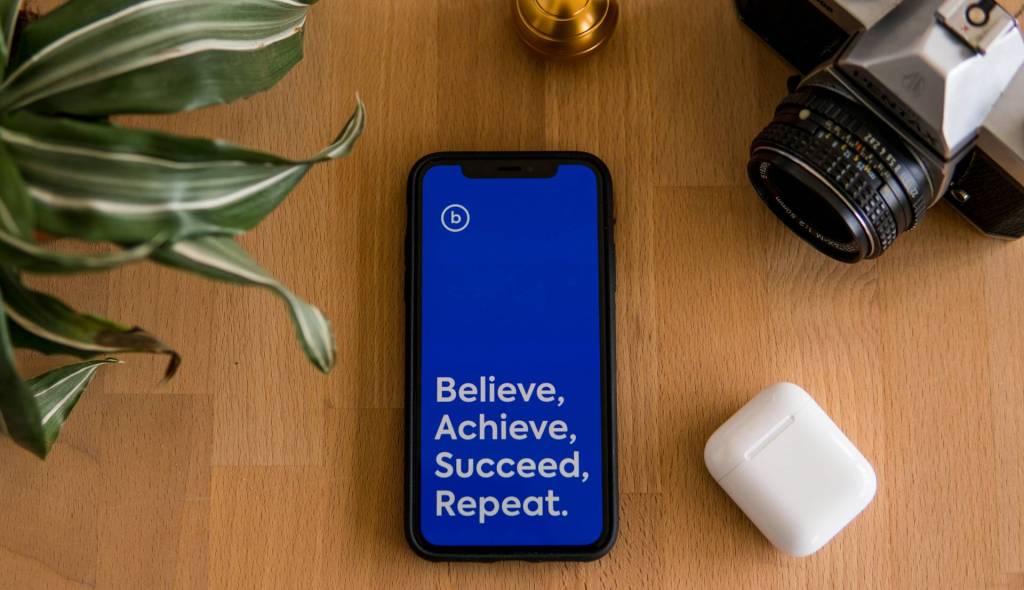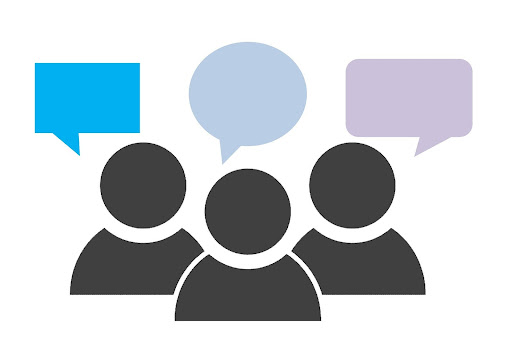 Just as the 5 Love Languages have helped millions of couples improve their communication with each other, the 5 Languages of Appreciation in the Workplace is now drastically enhancing supervisors’ and colleagues’ ability to communicate authentic appreciation in the workplace.
Just as the 5 Love Languages have helped millions of couples improve their communication with each other, the 5 Languages of Appreciation in the Workplace is now drastically enhancing supervisors’ and colleagues’ ability to communicate authentic appreciation in the workplace.
We know that traditional employee recognition programs aren’t effective in helping employees truly feel valued – in fact, the most common responses to employee recognition by front-line workers and supervisors are cynicism and apathy. Why? Because most employees question the authenticity of recognition that is driven by organizational procedures, is infrequent, impersonal, and generic (everyone receiving the same certificate for “Employee of the Month”).
On the other hand, we have learned that when appreciation and encouragement are communicated personally, regularly, is specifically related to what the person has done, and is in the language of appreciation valued by the recipient, then the employees are impacted positively.
Further, as we have worked with companies and organizations across the globe, we have discovered that while the language of appreciation is important, the specific act of appreciation is equally critical. There are five languages of appreciation communicated in the workplace: Words of Affirmation, Quality Time, Acts of Service, Tangible Gifts, and yes, Physical Touch (think “spontaneous celebration” – fist bumps or high fives when a project is completed). But there are a number of actions which demonstrate within a specific language of appreciation; and some actions are more valued than others by some individuals.
Take, for example, words of affirmation. Some individuals are fine with being praised in front of a large group for a job well done. While others (in fact, we have found 30-40% of the population) absolutely do not want to be recognized in front of a large group of colleagues.
Generational Differences in the 5 Languages of Appreciation
Just as there are individual preference differences in how employees want appreciation communicated, so we are finding some diversity across the generations of workers, as well. (As is true for any group comparison, these trends seem to be generally true but there are clearly individual differences within the generations.) Let me cite a few examples.
Words of Affirmation. Back in the day, one of the highest forms of communicating thanks was through a handwritten note. And this remains to be true for many individuals, especially those who are older. However, we have found that younger employees may or may not add any value to the communication due to the fact that it is handwritten (mainly, it doesn’t matter either way to them.) But what is important is the speed with which they receive the feedback. They would like to know immediately after their presentation (or, at the latest, later today) that they did a good job. So text them, email them or call them, but get back to them quickly.
Quality Time. In a number of settings, getting individual time with your supervisor or manager can be infrequent, at best. As a result, many employees highly value the opportunity to get some focused time with their supervisor – to be able to share observations and suggestions, or to ask questions specifically of importance to the employee. And this can be true across generations. But we have observed that, for younger generational workers, they also highly desire and value time together with their colleagues as a group. They want to go out together for lunch, or get together after work. Often, the desire is more to be a part of a “team”, rather than facilitating a one-on-one relationship with their boss.
Acts of Service. Acts of service are largely small acts that we can do to help make another person’s day or week go better. They can be as a small as refilling someone’s cup of coffee from the break room or asking if they need something from the supply room while you are going. Other times, an act of service can be helping a team member finish out a project that is due tomorrow. The difference that we have seen among younger generational workers is that they often want to work together with a colleague on a task, rather than the “divide and conquer” method of distributing different aspects of the task for each individual to complete. (This “team approach” obviously overlaps with quality time.)
Tangible Gifts. Tangible gifts aren’t raises or bonuses – they are small things that show you are getting to know your colleagues and what they like. Bringing in their favorite seasonal Starbucks drink or a magazine about their hobby or favorite sports team are good examples. But the absolute most common “tangible gift” requested by younger workers is either “comp time off” after working long hours on a project, or “flex time” – to be able to come in later and stay later, etc. (These are more like variations of a tangible benefit, than an actual “thing”, obviously.)
Physical Touch. Sorry. No known generational differences here. Physical touch is mediated largely by culture, regional differences, and to some degree, gender. Obviously, a congratulatory handshake is usually acceptable, but some people just “high five” naturally!
I’d love to hear back from you, with your observations and opinions about any generational differences you see – or if you think they don’t really exist.
Author Bio:
Dr. White is a psychologist, author, speaker, and consultant who makes work relationships work. For the past 20 years, he’s improved numerous businesses, wealthy family estates, and non-profit organizations. Dr. White is coauthor of the book, The 5 Languages of Appreciation in the Workplace, written with Dr. Gary Chapman (author of the #1 NY Times bestseller, The 5 Love Languages). Based on their extensive research and expertise, Dr. White and Dr. Chapman have developed a unique way for organizations to motivate employees that lead to increased job satisfaction, higher employee performance, and enhanced levels of trust. Through his company, Appreciation at Work, his organization helps you effectively communicate appreciation to co-workers, leading to higher levels of job satisfaction, healthier relationships, and decreased burnout. Follow him @drpaulwhite or his company on LinkedIn .











